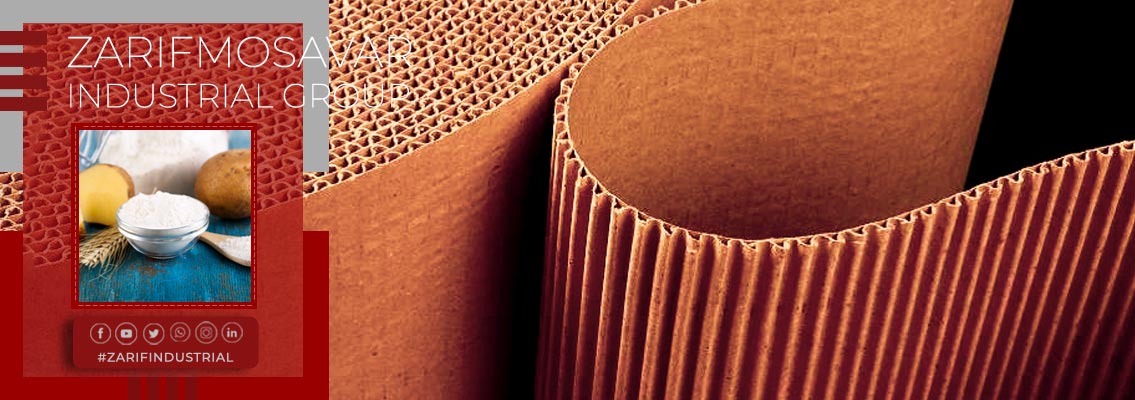Starch and its application in industries
Starch is kind of Polysaccharide which is comprised of Glucose monomers and is not solvable in water. The Starch would be used as raw material for manufacturing of adhesives and papers, this item would be applied in textile industries too.
In terms of structure, starch is a cluster of linear polymers in which alpha 1 and 4 column bonds are composed of glucose units and subunit columns are constructed by Alpha 1and6 . Starch would be stored in the molecule as energy.
The Starch Sorts
The starch is classified by the resources of animals and plants ,the starch by resources of animal would be entitled “Glycogen” and would be stored in liver to be used for the animal body on the time which the animal needs energy.it would be mentioned that starch by the resources of animal has different features and structures rather than the starch by the resources of plants. The starch in plants would be stored in special cellular organs which is called “Amyloplast”.
More : XSBR Latex Product
The Starch is found in most fruits, seeds, grains and vegetable tubers (potatoes). The four main resources of starch are corn, potatoes, wheat and rice
The Starch Applications
The Starch is being applied for baking some foods and has several usage for Adhesive, paper or fabrics industries but our discussion subject is starch usage in resin industries for manufacturing different sorts of adhesives and resins.
More : structure of Carboxylated Styrene Butadiene Rubber?
6 important factors in production of starch
- Viscosity :This item would be defined as the ratio of resistance to flow of fluid at constant temperature.
- Normal range of existed solid content in adhesives.
- PH or the rate of acidity or alkaline features.
- Gelatinization temperature: means the temperature at which the starch grains begin to be stretched and its concentration (viscosity) is clearly visible.
- Adhesive Smell.
- Filling rate for adhesives.
The Starch in Resin and Adhesive
The storage temperature of the adhesive, the formulation of used adhesive and the gelatinization point are very important. Adding the chemical materials to the adhesive would increase adhesive resistance for board layers in two similar sheets. The adhesive additives would help to control the humidity and would cause to obstacle the atmospheric humidity absorption in adhesive production line and totally helps to boards storage.
In addition , these additives would increase board resistance against any cracking around 8 to 10 percent. Appropriate materials should be used to control fungi and bacteria that grow in the areas where starch adhesive is prepared and used. Regular washing and cleaning of adhesive storage tanks and transmission lines is also essential.
The Starch usage for manufacturing several kinds of resins and adhesives
The role of starch in the production of various adhesives plays an important role in the production process of some industries, especially the textile, paper and packaging industries.
Considering the accuracy in the production of adhesive by the production manager is very important, because the factors of convenient adhesive for making high quality board sheets are a lot, and all of these factors must be observed together, and neglecting just one will mean a significant reduction in quality. Different ratios of water, starch and caustic soda are used to make the adhesive base and steam is used to increase the water temperature to dissolve the granular grains of starch.
If the heating got increased, the gelatinization process would be delayed and there may be a problem with the bonding among the papers and the production line speed will be reduced. Also, if the heat is too low, premature jelly will occur, which will cause a very weak bond to form.
Convenient Adhesive for high-speed machines is an adhesive that is stable at high speeds and has a low gel point and a good texture, and is cohesive at high speeds during spreading and does not create any bubbles or holes. This adhesive will have high production speed, low energy consumption and has suitable application with low wasting rate.

